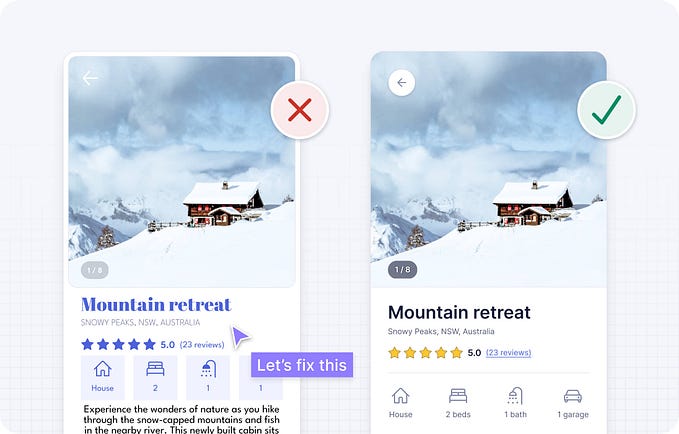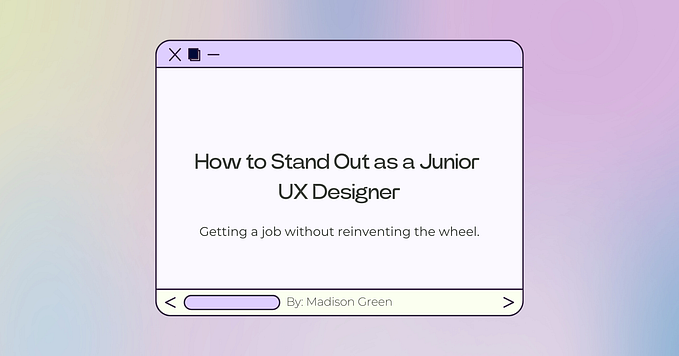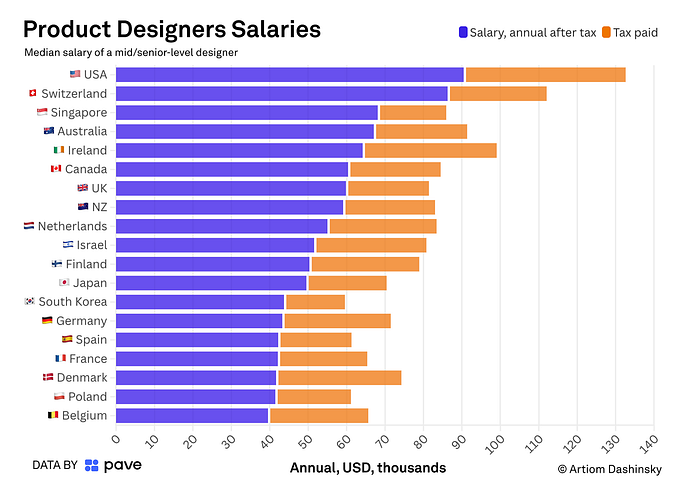Design should be for people, not for designers
Designer must dispel these misconceptions that to become human-centric and to find meaning in their work
Two years ago, I was discouraged because my works were not popular on Dribbble. I followed the popular designers and tried to imitate their style. I hoped for recognition, but as you know, it is impossible to become better in something by copying others.

“You can’t beat what you copy”
It could continue for a long time, but I was lucky. When the user base of our service exceeded 5000 users, we started to get feedback. I was pleasantly surprised. Most of the users were satisfied with the application. According to the comments it was clear that people found the necessary functions in it.
I was surprised because the design of the BINO CX app was done for the week. The main ideas came to me during the 12-hour flight from Moscow to New York, when I worked without the internet, “inspiration” and I had only one thought in my head:
“How would this work like if it were easy?”
It turned out that to create a convenient and useful interface it is not necessary to prepare a moodboard, have a lot of experience and higher education. Very often it’s enough to put yourself in the user’s place and to simplify the fulfillment of its main tasks as much as possible.
The design of the app people liked, but despite this, I have not published it on Dribbble, as it does not correspond to modern trends. Instead of thinking about a full redesign that would be appreciated by the community, I began to work consistently on simplifying the main scenarios. It does not attract the attention of the community, but it gives satisfaction, because your work benefits people.
Design for people, not users
I am one designer in the company, but many people participate in product design. You can understand a lot about how people use the service by talking to an analyst, marketer, recruiter and based on this, think through the logic and make visual accents.
The design is not rocket science, but the creation of services for people, who we are. Very often designers exalt themselves over users, although we have the same basic motives, habits and needs.
At the end of 2017, I (as a freelancer) participated in a workshop, the purpose of which was to create a service for a wide audience of a large bank. Two days we formed hypotheses and scenarios, and on the morning of the third day, we presented the application to a focus group consisting of people of different ages (from 20 to 45 y.o.), but with one common interest.
The design was made the night before, so the visual part of the application was far from ideal. All the functionality was dropped on one long page, which contradicted the basic rules of design. It might seem that people will get confused in this structure and will not understand the essence of the service, but everything turned out differently.
Participants began discussing the functional, offering ideas and improving them. We did not receive a single comment about the visual style. People spoke the language of their needs and tasks, which must be solved (true Jobs-To-Be-Done).
Participants in focus groups are real people, not characters, and as it turned out, they understand the essence of design much better than many designers.
Real users do not know anything about trends, correctly selected indentations and fonts. They only need a functional that makes their life easier. And designers often forget about it.
Undoubtedly, a good visual style improves the experience of using the product, but when you see successful companies that earn millions of dollars without paying much attention to design, you realize that the world is arranged differently.
I like good typography, light shadows and animation. I like to see how designers find interesting solutions to common problems. But over the past year, I have developed a mental allergy that manifests itself every time someone is going to or proposing to update the design of what works well but does not correspond to invented trends.
The question “How would this work like if it were easy?” is very useful, because the answer to it can not be found on the web. It allows you to dig deeper and create an interface, working with which you do not think “How does it work?”, but instead, you use it intuitively.
Getting positive feedback from real users is much nicer than “likes”. It motivates and brings to your work the meaning. The meaning that many designers cannot find, since after doing one job, they move on to the next one, not having the opportunity to hear feedback and remember that the design is created for people.
Thank you for reading my article!
You can find me on Instagram, Dribbble, Twitter.










